The Week in Research Review, etc 12-17-18
Not a lot this week…sorry folks. Focusing a bit more on other projects. The Week in Research Review, etc 12-10-18 included only 3 posts but they definitely made some waves. Especially my latest Instagram post on burn-out in the PT field. Check it out and chime in…it’s never too late to like a post and comment on SoMe.
When is it Safe to Drive after Orthopaedic Surgery?

💥OPEN ACCESS! 💥⠀
This study looked to comb the research to see the available data regarding when patients are safe to resume driving after common orthopedic surgeries and injuries affecting the ability to drive.
This is always the age old question as a PT or ATC (amongst the other disciplines) and this study may help to shed light and give a bit more concrete evidence.
Often times, our answer is ‘it depends’ and that is definitely true. Or we pass the ball to the doctor who did the surgery and try to buy time by waiting until that 1st post-op visit.
Or we just say you can’t drive because you’re still on pain meds…and that is definitely true! All of these factors may play a role but it seems as if the literature can help guide our answers a little better so I invite you to take a look to this OPEN ACCESS paper and keep it in your patient database.
It may help to guide a future patient’s independence after an injury.
Posterior Shoulder Stretching after a Surgery

The efficacy of stretching exercises to reduce posterior shoulder tightness acutely in the postoperative population: a single-blinded randomized controlled trial. Salamh et al Physiother Theory Pract. 2018.
This paper looked at acutely post-op shoulder patients (no repairs, just debridements) and followed their ROM horizontal adduction and internal rotation after the surgery.
Group 1 was assigned the supine sleeper stretch and shoulder pendulum exercises. Group 2 was assigned the standing horizontal adduction (cross-body) stretch and shoulder pendulum exercises. Group 3 (control group) was assigned and performed shoulder pendulum exercises only and asked to perform 10 clockwise or counter-clockwise pendulum exercises twice a day.
The study noted that ‘the horizontal adduction stretch is more effective
at reducing acute posterior shoulder tightness in the postoperative shoulder population when compared to the supine sleeper stretch and no stretch at all.
Not surprised but wanted to share the information and maybe help someone use this for their clinical practice.
Not sure why they chose supine sleeper stretch versus
Traditionally, the sleeper stretch is performed in supine. It’s modified by having the patient rollback to potentially put the shoulder in a more comfortable position. We wrote a paper about this in JOSPT 2013 with @wilk_kevin and @toddrhooks
I’m still more of a fan of the horizontal adduction stretch and use it clinically every day for my shoulder patients.
Burn Out in Physical Therapy

Just said yesterday that I don’t post my tweets to IG but get like this one should be posted here too
Not going to say much more than I already have.. maybe a future blog post or something
Curious to hear the comments below too. Throw it all at me and I’ll try to write something up in the future.


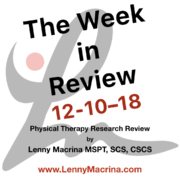
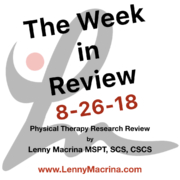
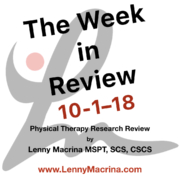
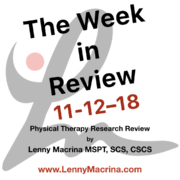
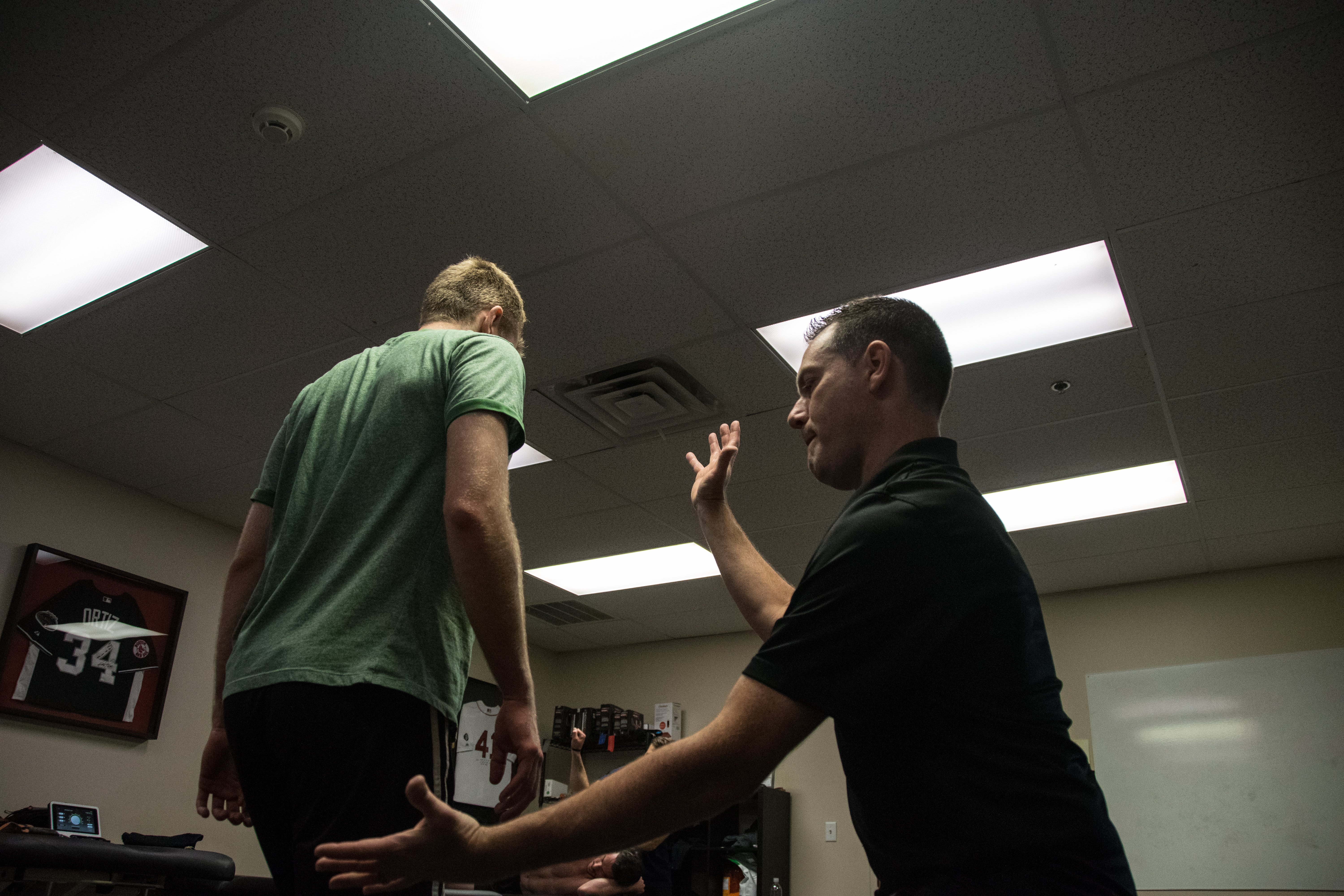

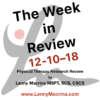
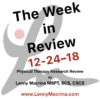
Leave a Reply
Want to join the discussion?Feel free to contribute!